Copyright © 2025 Motivate Media Group. All rights reserved.
Etienne Bastormagi creates spaces and design pieces that reflect his quest for minimalism
The Beirut-based designer considers sustainability and functionality in all projects
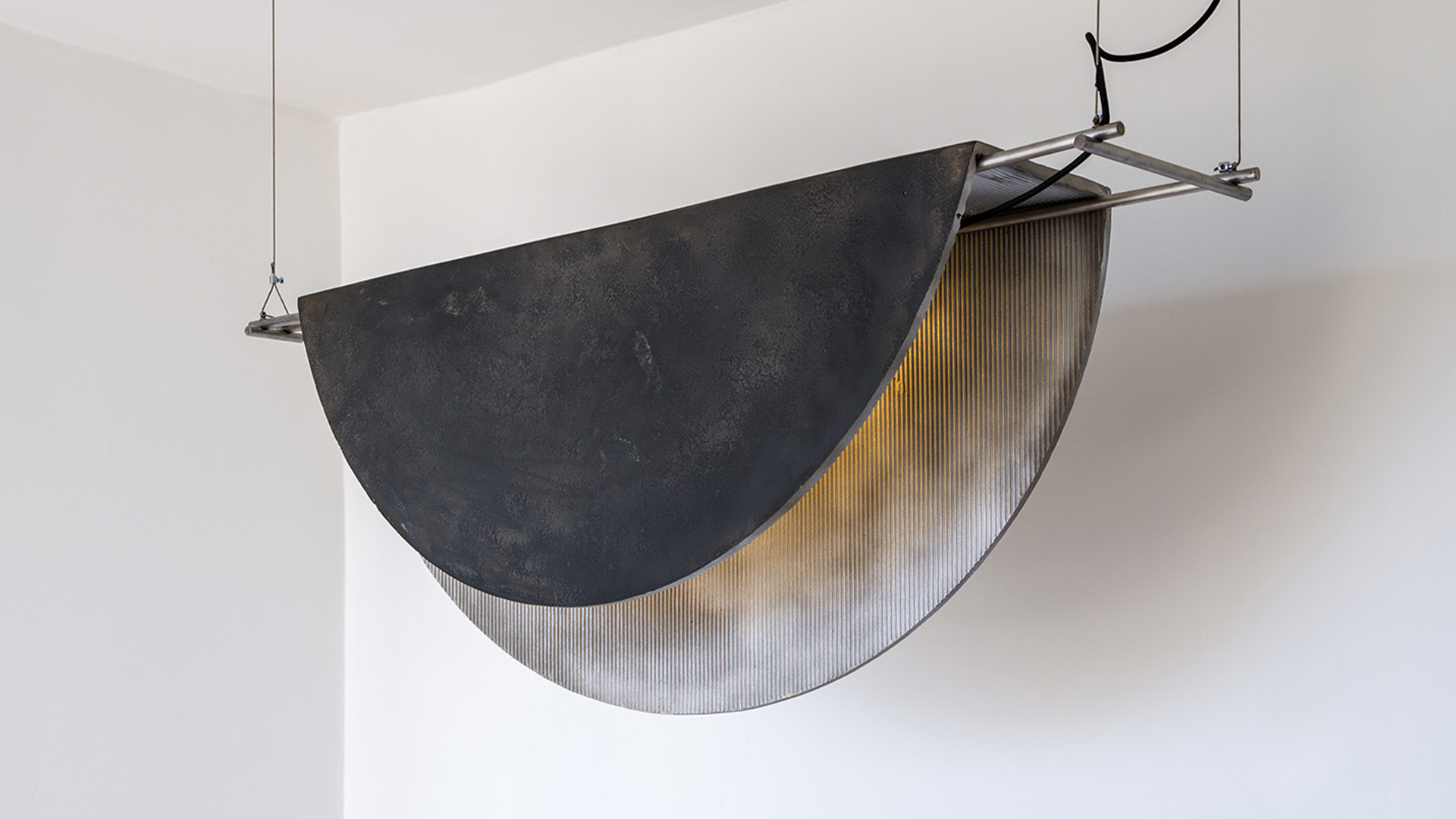
Some of our earliest childhood experiences strongly impact our adult life. Beirut-based Etienne Bastormagi has a deep understanding of how this has played out for him. “As a kid, I was always around machines making industrial pieces (such as ovens and fridges),” he reflects. “My grandparents worked in the industry and my mother had a gallery, so I combined both ends into what I thought an architect would be.”
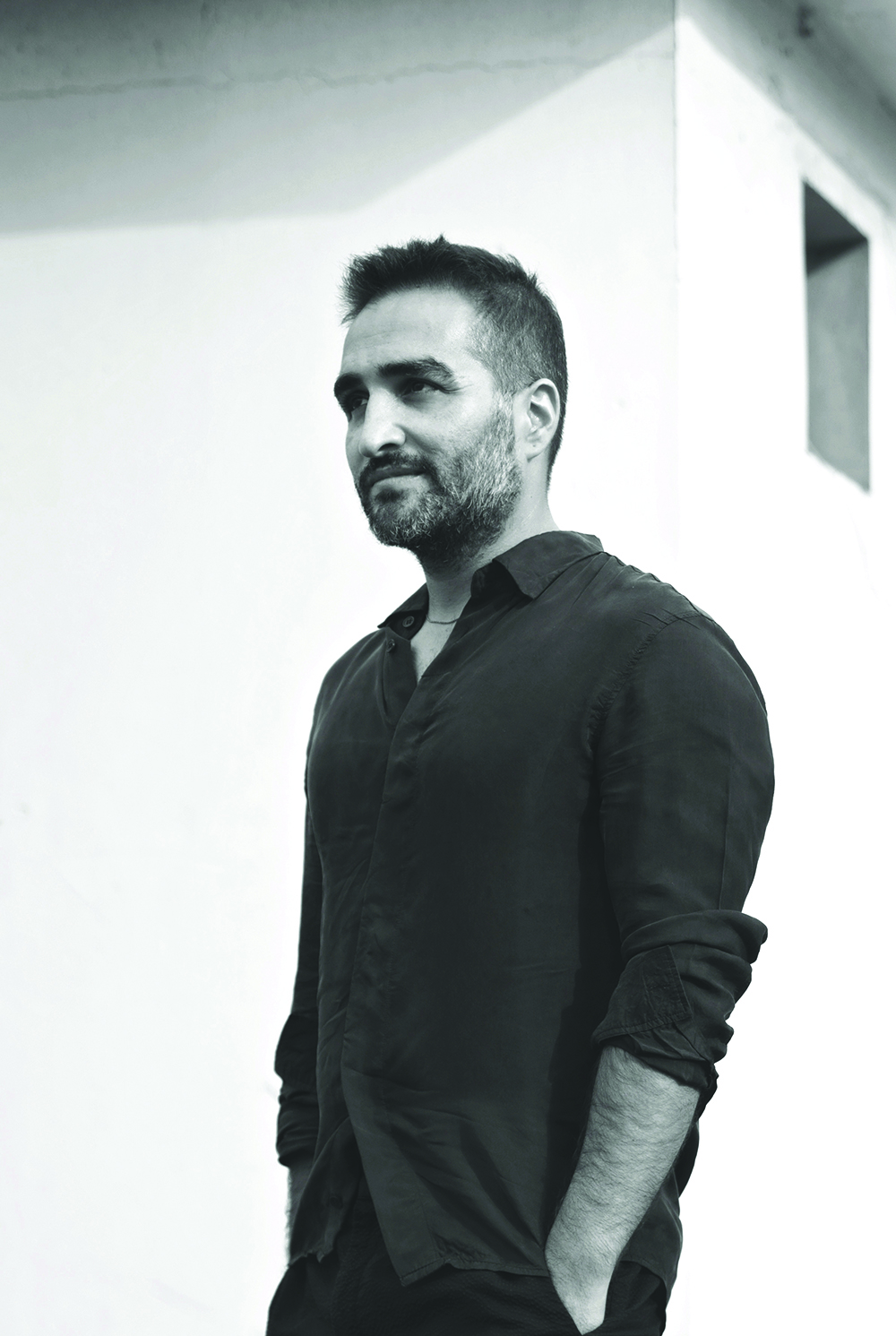
Difficult moments have also nurtured his first design memories. “I remember running around stainless steel folding machines,” says Bastormagi. “They acted as protectors during the war, as we used to hide within them. Later, I was fascinated by their scale and the things that were made by them.”
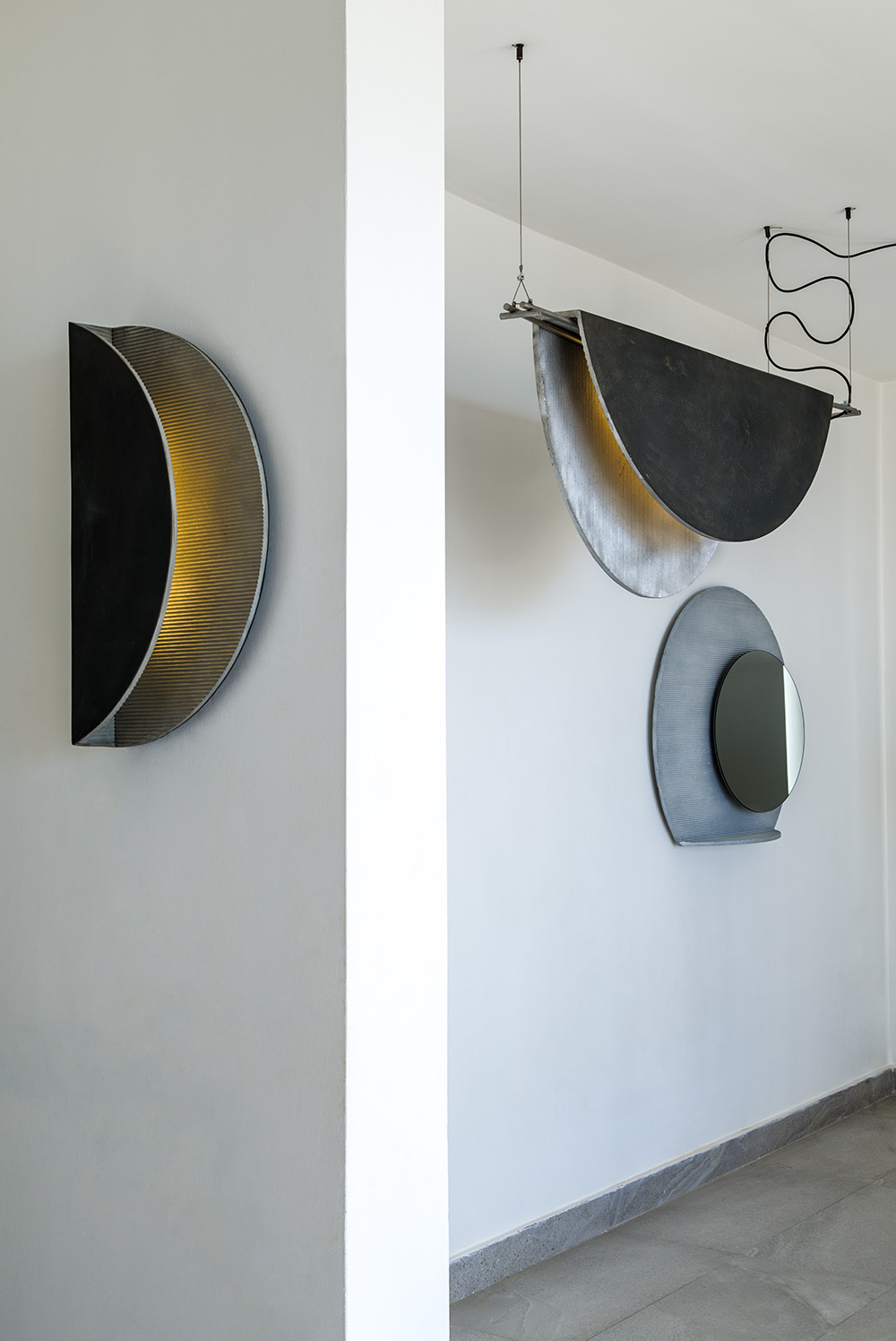
Today, exploring and researching are part of Bastormagi’s daily life. Whether imagining a masterplan, a building, a room or a product, the architect confesses to striving to create emotions, to give importance to the handmade, and to consider both the sustainability and the functionality of every project he tackles. Case in point: his first solo collection, presented during the 2023 edition of Milan Design Week, which includes several lamps and a mirror – all made entirely of metal.
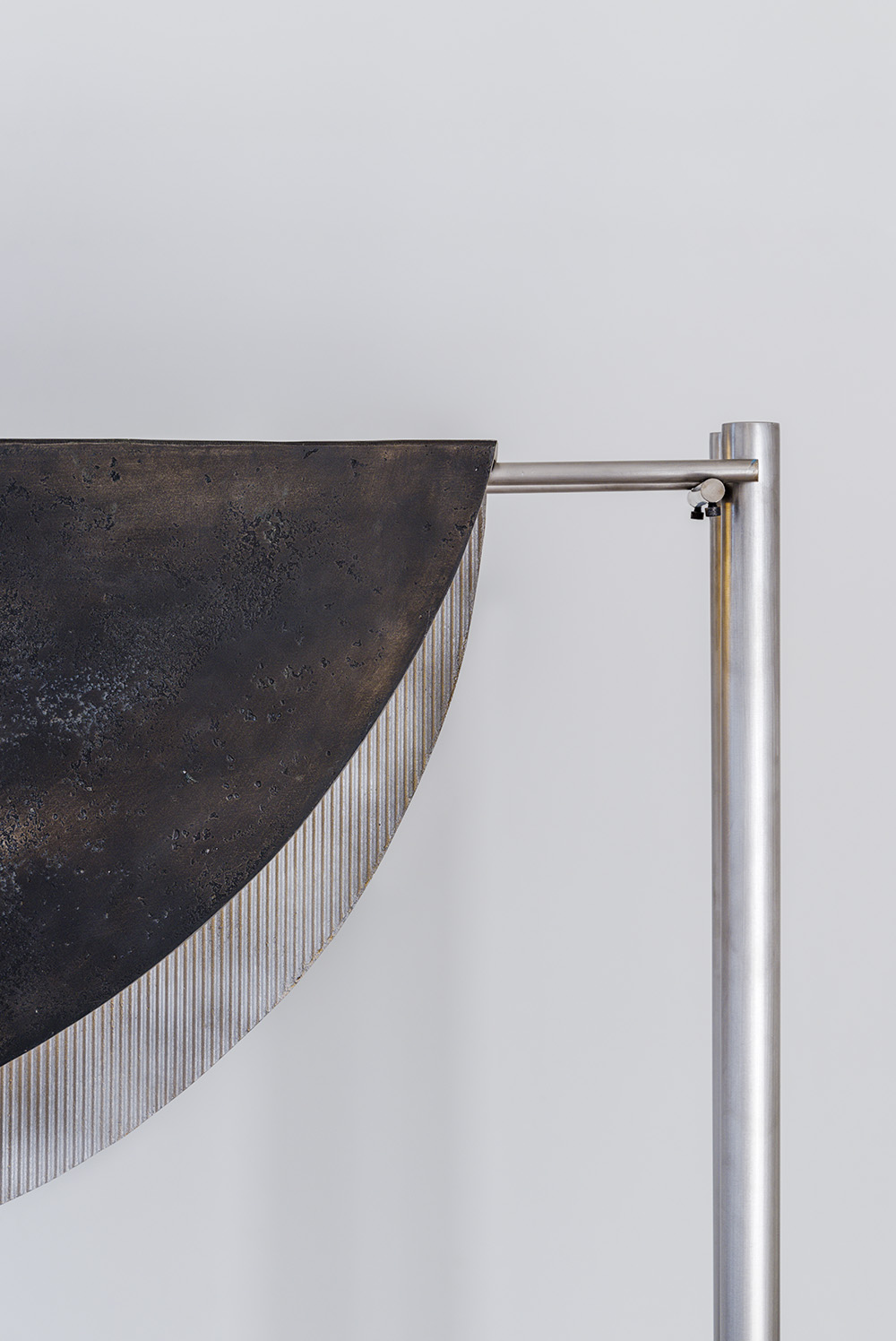
“I have always been fascinated by the moon,” says Bastormagi. “This is what inspired [my project] ‘660.3 Degrees, Cast Poems’. It is an exploration, a tactile journey between a material – aluminium – and all its potential. The work focuses on shadows and textures, revisiting a perpetual investigation of gravity and fragility, like a moon that sometimes hides, sometimes reveals its secrets. “This approach interprets our relationship with the cosmos at a time when space travel is becoming accessible and humans seek to understand the universe around them,” he continues. “Each piece becomes a language and merges with the observer’s eye. The object on a wall, suspended or in a larger context, is in direct communication with architecture.”
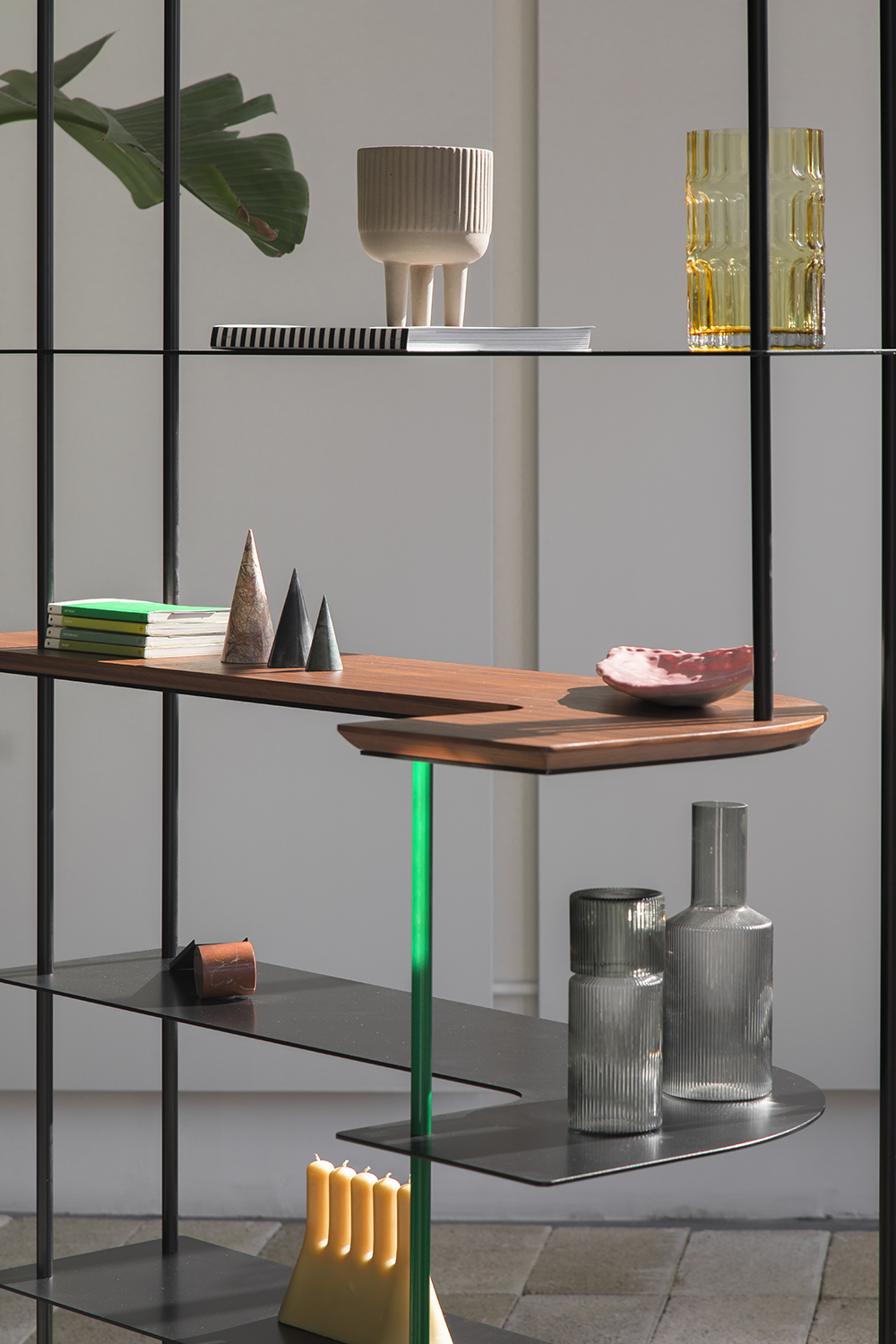
In addition to aluminium, Bastormagi also uses a wide range of materials, from iron to stones. “I like the colours of raw material and combining them with vibrant contrasts,” he says. For example, concrete and white finishes are very present in his spaces, and black metal often adorns his pieces.

Inspired by brutalist architecture, Bastormagi has a deep appreciation for geometry in general, as exemplified through the shapes and structured lines that characterise his projects. His creative process involves a lot of discussion –with colleagues, artisans and clients – and drawing, which he considers to be key. “I want to create contemporary places or pieces that respond to today’s needs [with] a minimalist approach and with an industrial feel,” he says. Whatever Bastormagi is currently working on – design pieces or residential and retail projects which are soon to be revealed – he remains strongly nurtured by his origins and past.
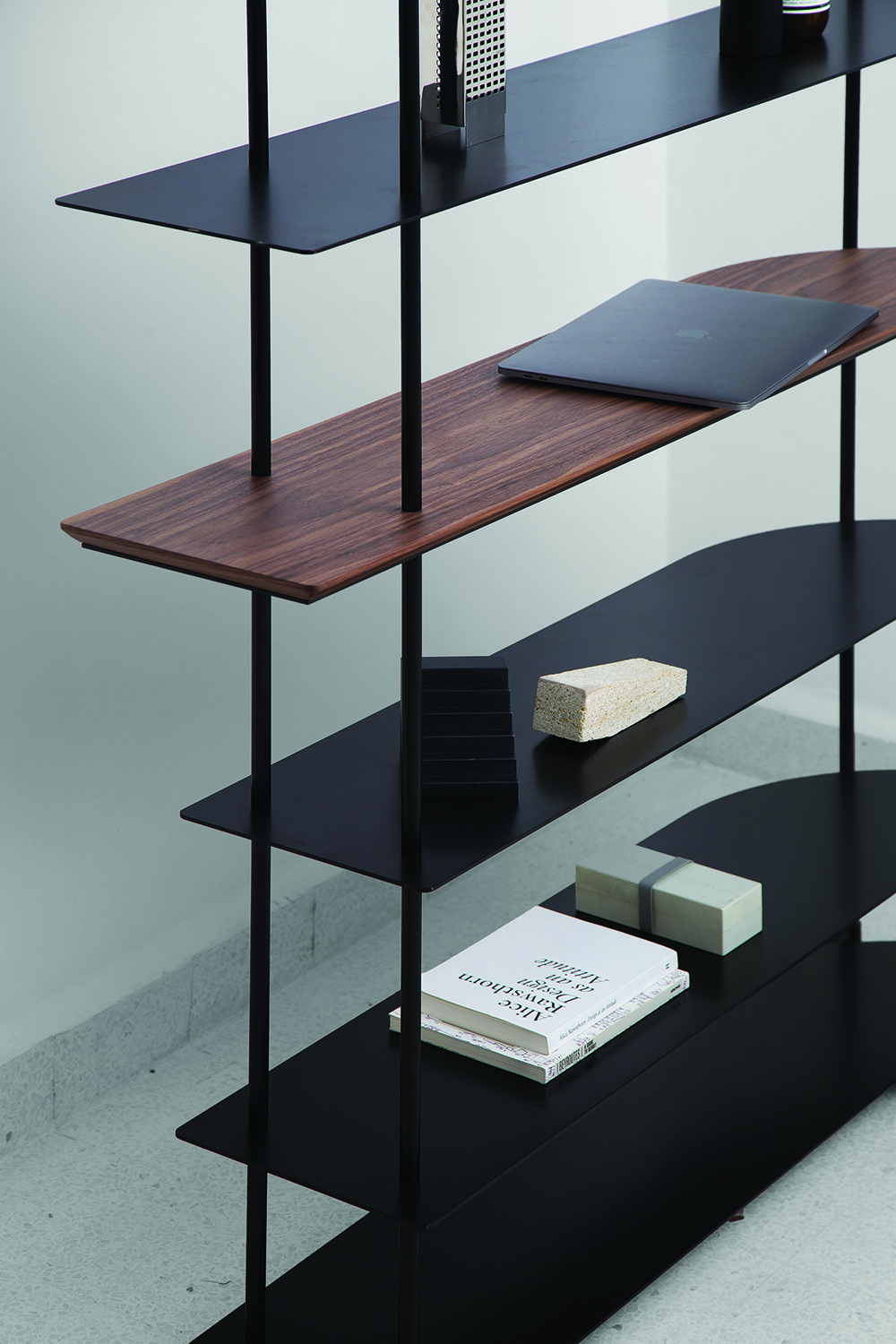
“I am from a place of chaos and a lot of natural light,” he says. “Both the urban environment and the shadows are influences for me. Fragility reflects the status of the people living here. Most of my work defies gravity and plays on that notion.”
The Latest
Design Take: Inside the Royal Suite at Jumeirah Al Naseem
With sweeping views of the ocean and Burj Al Arab, this two bedroom royal suite offers a lush stay.
Elevated Living
Designed by La Bottega Interiors, this penthouse at the Delano Dubai echoes soft minimalism
Quiet Luxury
Studio SuCo transforms a villa in Dubailand into a refined home
Contrasting Textures
Located in Al Barari and designed by BONE Studio, this home provides both openness and intimacy through the unique use of materials
Stillness, Form and Function
Yasmin Farahmandy of Y Design Interior has designed a home for a creative from the film industry
From Private to Public
How ELE Interior is reshaping hospitality and commercial spaces around the world – while staying unmistakably itself
A collaborative design journey
A Life By Design (ALBD) Group and Condor Developers have collaborated on some standout spaces in Dubai
New Episode: In Design With: Ahmed Bukhash
Watch the latest episode on In Design With.
Highlights of the Biennale Architettura 2025
We shine a light on the pavilions from the Arab world at the Venice Architecture Biennale, on display until Sunday 23 November 2025
Read ‘Bold Design’ – Note from the editor – July/August 2025
Read identity magazine's July/August 2025 edition on ISSUU or grab your copy at the newsstands.
Things to Covet
Elevate your spaces with a pop of colour through these unique pieces
Designing Spaces with Purpose and Passion
We interview Andrea Savage from A Life By Design – Living & Branding on creating aesthetically beautiful and deeply functional spaces
















